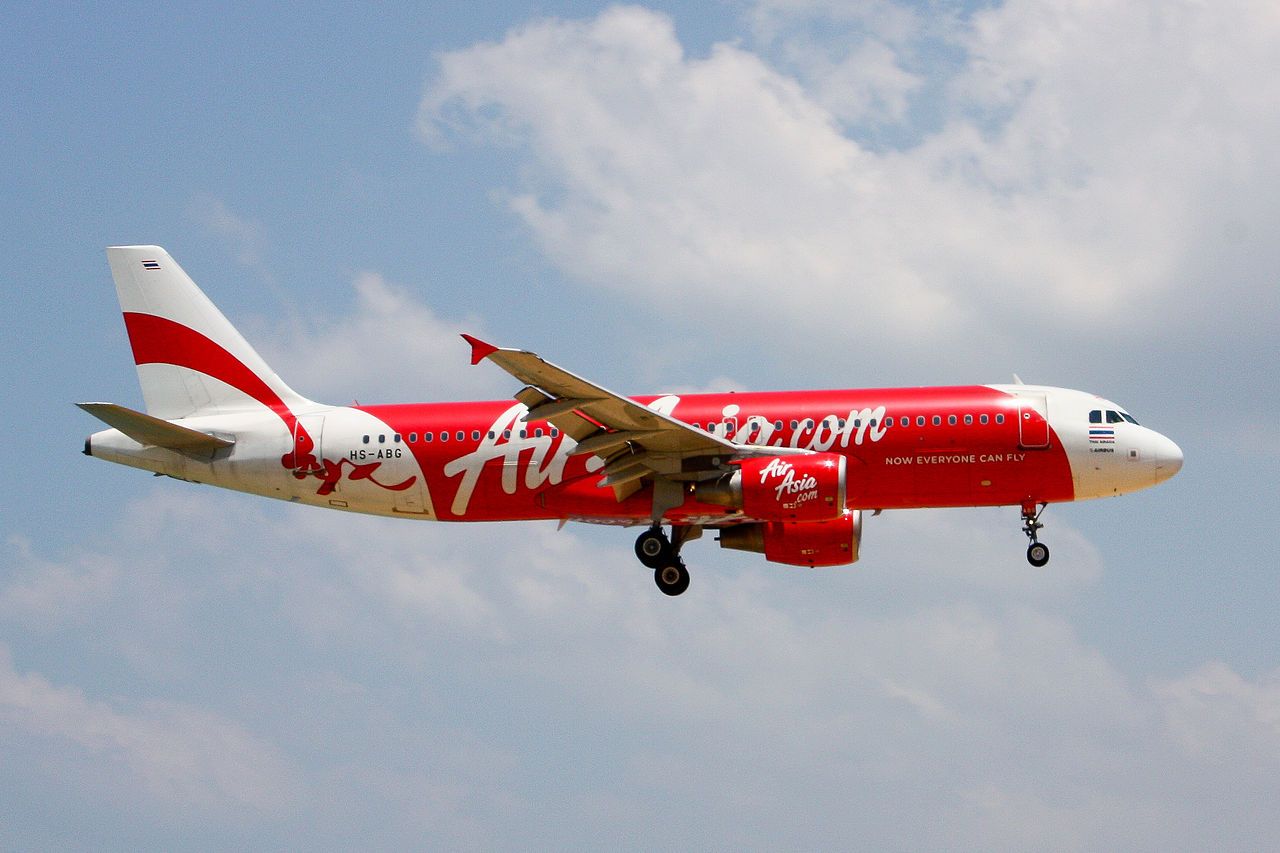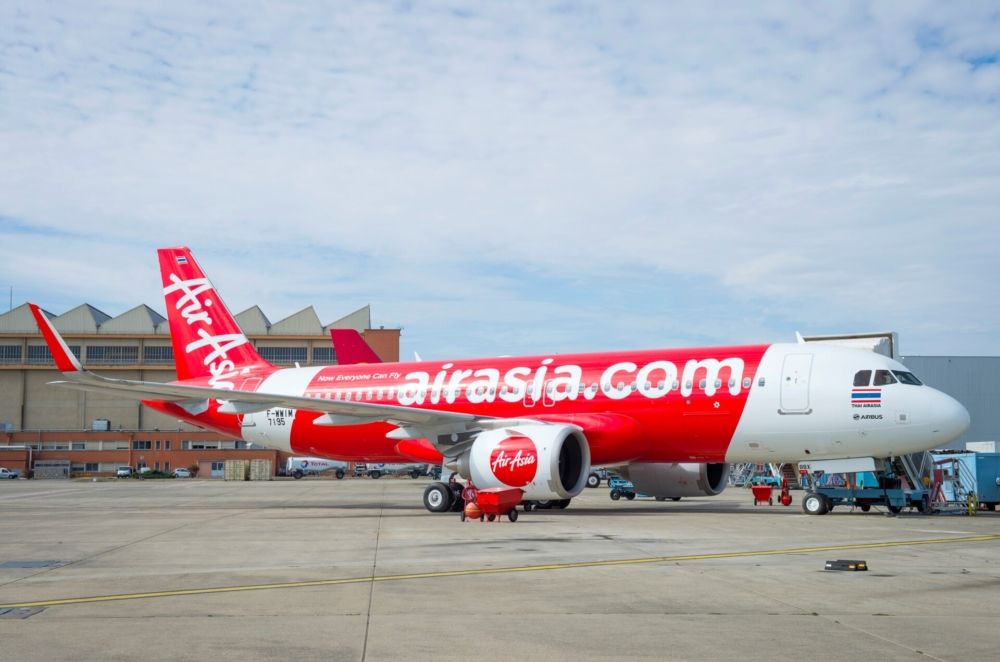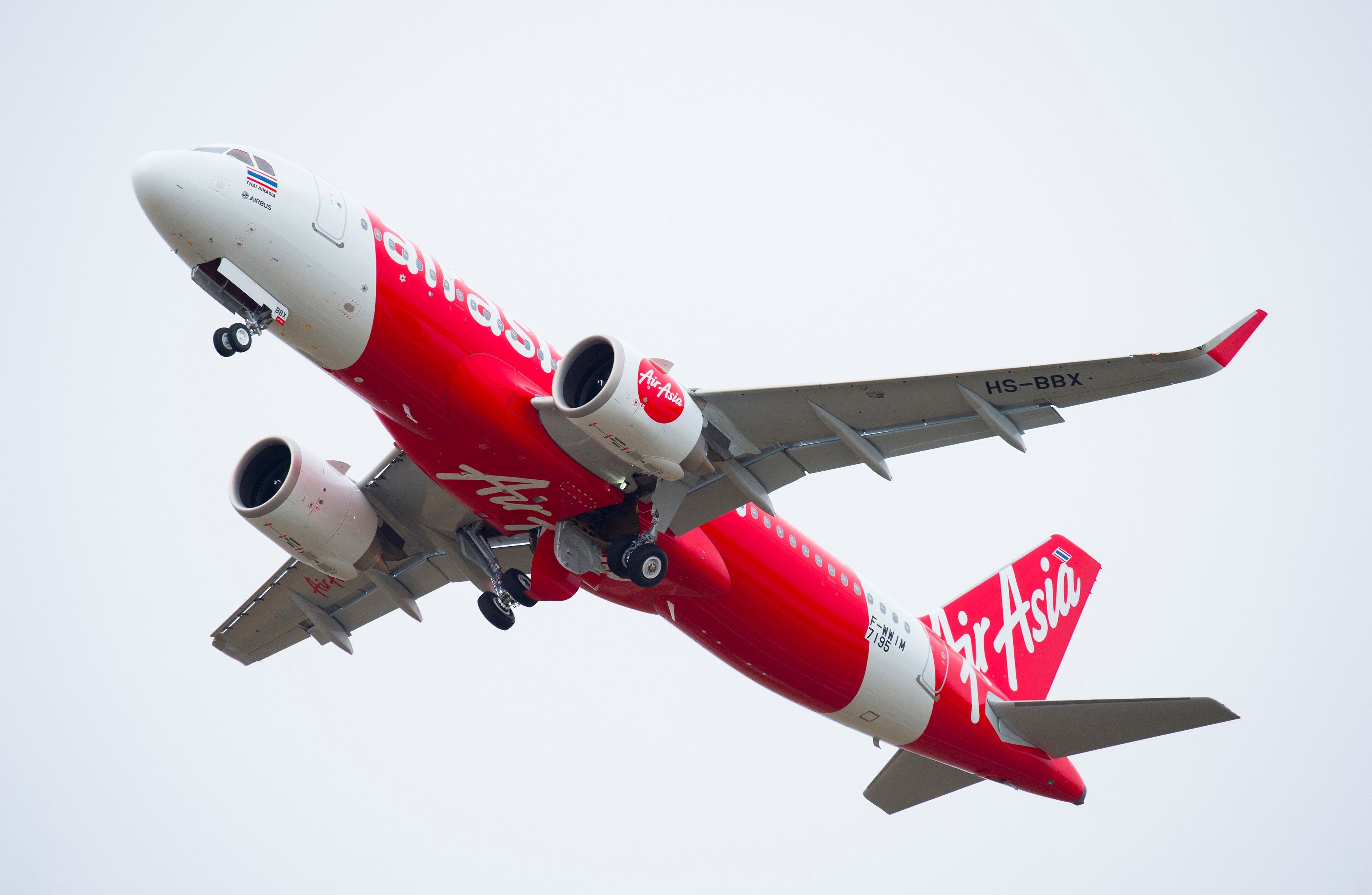Summary
- Thai AirAsia reported positive earnings for the third consecutive quarter, thanks to the recovery of the tourism industry and China reopening its market.
- Despite the positive earnings, the depreciation of the Thai Baht resulted in unrealized foreign exchange losses, wiping out the gains made in Q2.
- The second half of 2023 offers an opportunity for Thai AirAsia to return to net operational profit.
In the second quarter of 2023, Thai AirAsia reported its third consecutive quarter of positive earnings before interest, taxes, depreciation and amortization (EBITDA), a clear sign of its continuing recovery from the pandemic. While EBITDA was positive, the depreciation of the Thai Baht (THB) resulted in unrealized foreign exchange losses that wiped out the Q2 gains.
Gains lost to depreciating Thai Baht
Last week the sole shareholder of Thai AirAsia, Asia Aviation Plc (AAV) announced its operational results for Quarter 2 of 2023 (2Q2023). For the second quarter, Thai AirAsia (TAA) generated total revenue of THB10.39 billion ($292 million), a gain of 275% from 2Q2022 and 6% from the first quarter of this year. Q2 Gross Profit was reported at THB998.2 million ($28m), a year-on-year increase of 143%.
The turnaround was attributed to the robust recovery of the tourism industry and the positive impact of China reopening its market earlier this year. AAV also said that strong and continuous management of its expenses added to the result. EBITDA increased to THB1.82 billion ($51.2m), but due to the depreciating Thai Baht at the end of Q2, the company was hit by unrealized foreign exchange losses and reported a net loss of THB1.012 billion ($28.5m) for 2Q2023.
CEO of AAV and TAA, Santisuk Klongchaiya said the operational returns for AAV have continued to be positive, especially in the domestic market where the load factor reached up to 94%, adding:
"Internationally, China has remained a key strategic market in the region even as its economy recovered at a slower pace than forecast during the second quarter while its visa and passport approvals continued to simplify.
"In 2Q2023, Thai AirAsia increased its services to China to 108 flights per week, up 67 flights a week from Q1. Good sentiment was also seen in the ASEAN and India markets as the company worked closely with the Tourism Authority of Thailand to plot strategies and campaigns to draw more foreign travelers to Thailand."
According to fleet data from ch-aviation, Thai AirAsia has a fleet of 52 Airbus aircraft, including 40 A320-200s, 10 A320neos and two A321neos. The average age of the fleet is 6.7 years, ranging from 10.8 for the A320-200s to 3.7 for the A321neos. At the end of Q2 seat capacity had returned to 77% of pre-pandemic levels, with the airline carrying 9.22 million passengers during the first half of 2023, around 46% of its full-year target of 20 million.
Get the latest aviation news straight to your inbox: Sign up for our newsletters today.
The second half of 2023 looks profitable
Revenue in the first half reached THB19.64 billion ($552m), up by 324% from the same period last year, and ancillary services accounted for 19% of revenue from sales and services. The foreign exchange issues meant the company filed a net loss of THB653 million ($18.4m) in the first half, which was a massive turnaround from the net loss of THB7.2 billion ($202m) loss in 1H2022.
Santisuk said the second half of the year offers a crucial opportunity to return to net operational profit for the first time since the pandemic. He said that is because TAA has a diverse marketing plan, a growing international route network and is speedily returning aircraft to service. The ch-aviation.com data shows there are three A320-200s and three A320neos inactive.
The international growth is expected to come from increasing China flights to 130 weekly and adding routes to Sihanoukville (Cambodia), Kathmandu (Nepal) and Ahmedabad in India.
Source: ch-aviation.com



